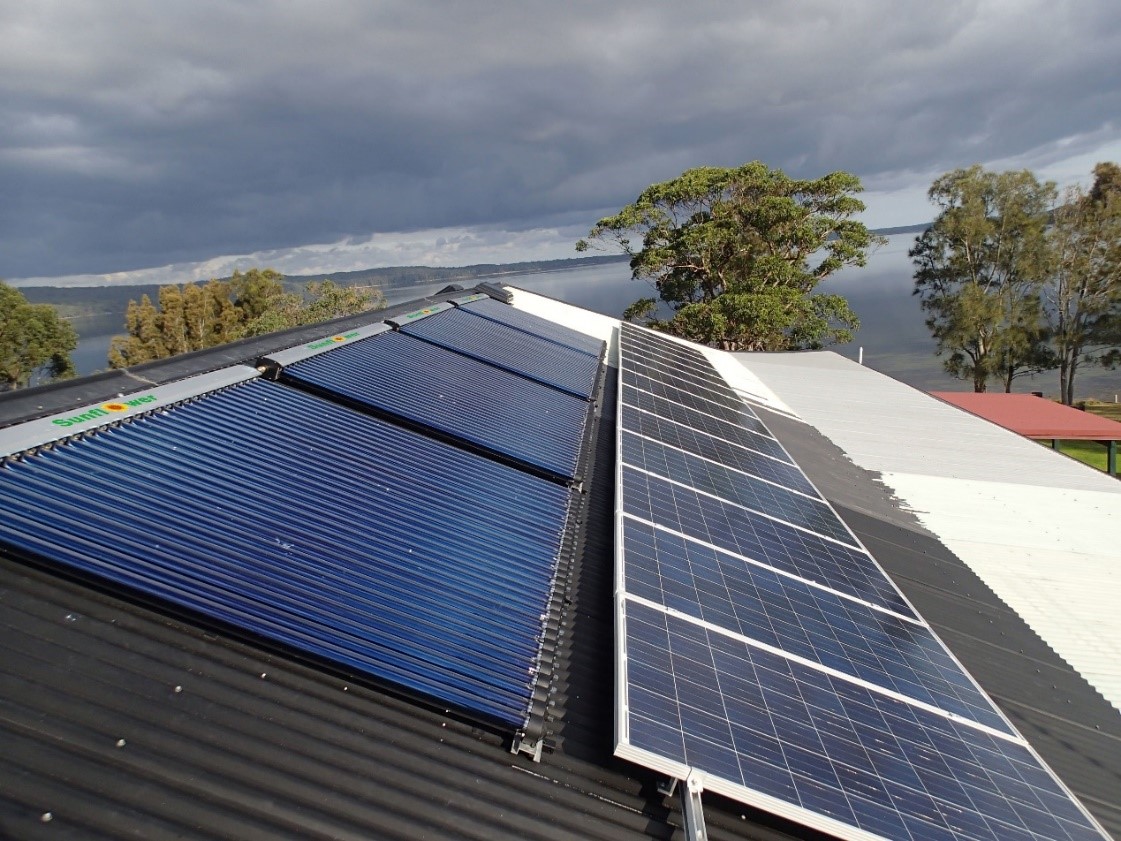Views: 0 Author: Site Editor Publish Time: 2024-03-18 Origin: Site

Heat pipe collectors and flat plate collectors are two common types of solar thermal collectors used to harness solar energy for various applications. Here are the key differences between them:
Design and Construction:
Flat Plate Collectors: Flat plate collectors consist of a shallow, rectangular box with a transparent cover (usually tempered glass or polycarbonate) on top and an absorber plate beneath it. The absorber plate is typically made of metal (such as copper or aluminum) and is coated with a selective surface to improve solar absorption. Tubes or channels within the collector carry a heat transfer fluid (such as water or antifreeze) to extract heat from the absorber plate.
Heat Pipe Collectors: Heat pipe collectors have manifold, glass vacuum tubes, heat pipes and heat transfer fluid, they can utilize a different heat transfer mechanism. The working fluid absorbs heat, vaporizes, and then condenses as it moves through the pipes, transferring thermal energy to a heat exchanger or manifold.
Efficiency:
Flat Plate Collectors: Flat plate collectors are generally less efficient than heat pipe collectors in colder climates or under conditions of low solar irradiance. However, they are still effective for many applications, especially in moderate climates.
Heat Pipe Collectors: Heat pipe collectors offer higher efficiency and faster heat transfer rates compared to flat plate collectors, making them suitable for colder climates and areas with less sunlight. The heat pipe design enables rapid heat transfer from the absorber plate to the heat transfer fluid, resulting in improved performance.
Performance in Cold Weather:
Flat Plate Collectors: Flat plate collectors may experience reduced efficiency in colder weather conditions, as the heat transfer fluid can freeze or the collector itself may suffer from heat loss.
Heat Pipe Collectors: Heat pipe collectors are better suited for cold weather climates due to their ability to rapidly transfer heat and prevent freezing of the working fluid within the pipes. The vacuum-sealed design of the heat pipes also minimizes heat loss.
Maintenance and Durability:
Both types of collectors generally require minimal maintenance. However, flat plate collectors may be slightly easier to maintain due to their simpler design without moving parts like heat pipes.
Heat pipe collectors may have a longer lifespan and greater durability due to the sealed nature of the heat pipes, which protect the working fluid from contamination and degradation.
In summary, while both flat plate collectors and heat pipe collectors are effective solar thermal technologies, they differ in design,efficiency, performance under varying conditions, and maintenance requirements. The choice between them depends on factors such as climate, application requirements, and budget constraints.